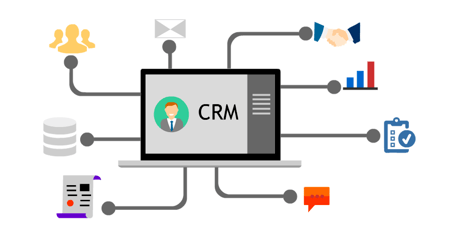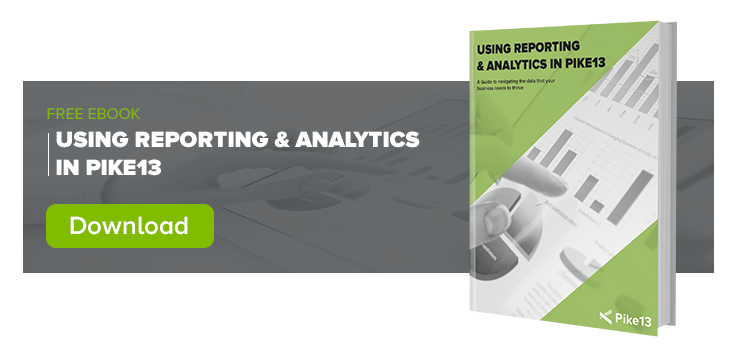If you own a client-facing business, you absolutely need a CRM system in place. Replacing traditional pen and paper files, CRM, or Customer Relationship Management, systems act as a hub where you can store and organize your client data. They also facilitate easier conversation with clients by integrating with email and sometimes social media channels.
There’s a lot you can do within a CRM system. To make sense of all the data, you’ll want a set of go-to reports that you can use to measure success. These reports can be kept on your CRM dashboard, so they’re always the first thing you see.
Here are the top 5 CRM reports that I recommend that you have in your dashboard:
 1. Revenue by Source
1. Revenue by Source
Sales drive your business, so you’ll want to know where the money is coming from. Viewing revenue by source allows you to analyze which parts of your business are most profitable and use that knowledge to smartly allocate your resources. For example, if you observe that one class in particular brings in a lot of revenue and is often filled up, you might alter your schedule to offer that class more often.
2. Number of Clients and Number of Members
One of the most important ways to track business growth is through the number of clients you have. Hopefully this a graph with a steady upward incline! Include number of clients with memberships on the same graph as your overall client number. If you notice any significant spikes or dips in number of clients, or number of memberships, you can dig deeper into why that might be. One way might be to compare numbers year-over-year to see if any trends emerge.
3. Unpaid Clients
Outstanding client bills affect business in both the short and long term. Because you’ll want to follow up with any unpaid clients right away, you’ll want to have this information front and center on your dashboard. On most CRM systems you can even set up automated emails to alert clients when they have fees due.
4. Top Clients
You should know which of your clients spend the most at your business, because they are the most likely to buy from you again. They have already shown loyalty to your business, so you’ll have an easier time marketing memberships, retail, and new classes to them.
5. Clients with Expiring Memberships
It’s both easier and less expensive to retain a client than it is to acquire a new one. When you track which memberships are expiring, you can follow up with clients to ensure renewal. Clients are more likely to renew if you reach out to them then if you don’t, so it can be a good idea to set up automated email reminders, or even set up a system for automated renewals.
